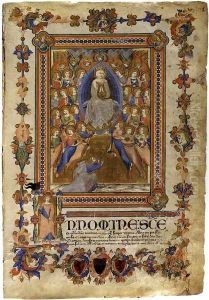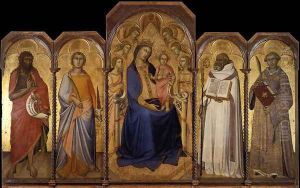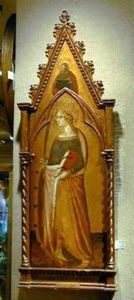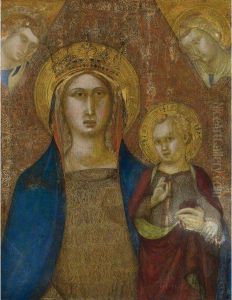Niccolo Di Ser Sozzo Paintings
Niccolò di Ser Sozzo, also known as Niccolò di Ser Sozzo Tegliacci, was an Italian painter and manuscript illuminator active during the 14th century, primarily in Siena. His exact date of birth is not known, but he is believed to have been born around 1334. Niccolò came from a family of artists; his father, Ser Sozzo, was also a painter, and this familial background likely influenced his early training and career.
Niccolò's work is associated with the Sienese School, which was characterized by its continuation of Gothic art traditions and a graceful, decorative style. This school was a rival to the Florentine School, which was at that time pioneering the early developments of the Renaissance. However, Niccolò's style did not evolve significantly towards the emerging Renaissance aesthetics but remained deeply rooted in the medieval traditions of the previous century.
Although Niccolò di Ser Sozzo's body of work is not fully documented, he is known for his manuscript illuminations. He was particularly skilled in this area, and his illuminations are celebrated for their intricate detailing and vivid coloration. One of his most notable works is the illumination of a choir book for the Siena Cathedral, which displays his refined use of line and ornamentation.
Unfortunately, Niccolò's career was cut short when he died in 1363, likely in Siena, during the Black Death, which devastated Europe and claimed the lives of many artists of the time. Despite his premature death, his works continued to be influential in the Sienese School, and his illuminated manuscripts remain important examples of 14th-century Italian art. Niccolò di Ser Sozzo's legacy is preserved through his contributions to manuscript illumination, which reflect the pious and artistically rich environment of Siena during the late Medieval period.



